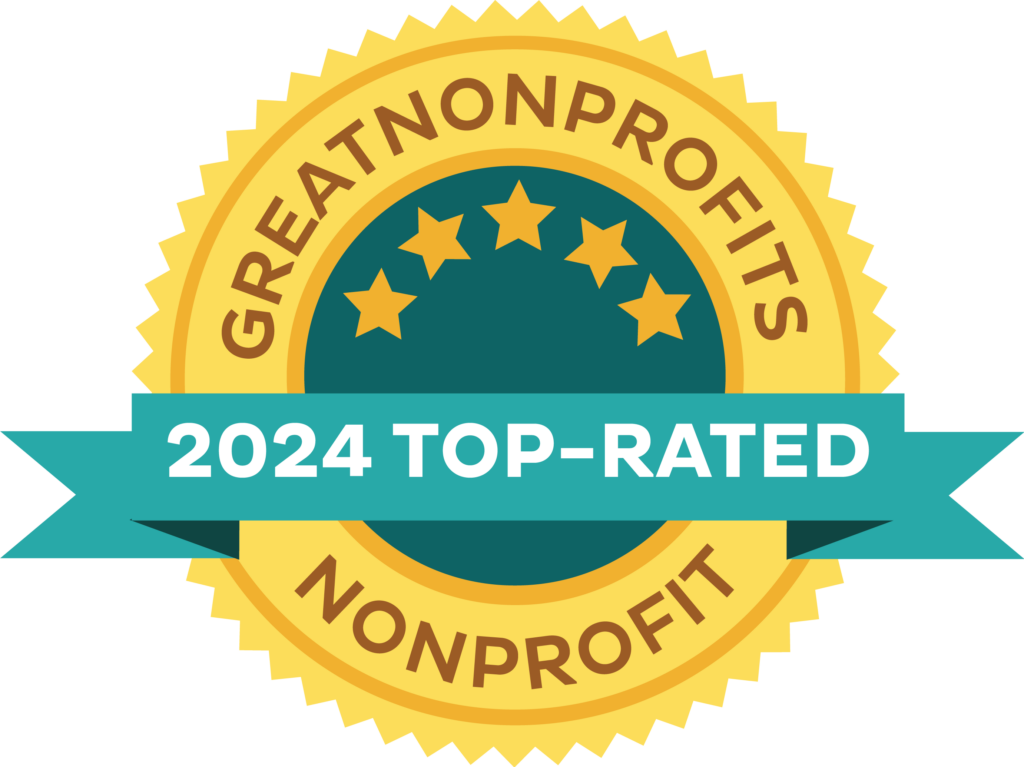At the time of this writing, inflation is pegged at over 8%. This is like losing 8% (annually), so without investments that might make up this loss, you are experiencing inflation risk – just one of many market and non-market risks associated with our financial wellness. When I hear someone say, “I don’t want to invest; it’s too risky,” I think they don’t understand it can be risky not to invest, as I’ve just illustrated.
Don’t get me wrong, investing carries risks, too. Unlike inflation risk, you have some say – some control – over how much investment risk you are comfortable with. Risk is inherent in stock markets, bond markets, and beyond. And where there is risk, there is often reward. That’s why investors invest – to build wealth, to send the kids to college, to gift to their church or favorite charity, to retire and live a comfortable life. So, what is investment risk, really?
Investment Risk
Investment risk refers to the degree of uncertainty and potential financial loss of an investment or portfolio of various investments. When you invest your money in a stock, let’s say, the hope is that you will realize a return for having so invested. However, if you don’t receive the expected return, or even realize a loss, well, that was a potential outcome for that investment. Stock markets go up and down. If you bought a stock at an all-time high price and the stock market moved down, it is likely the price of your stock would move lower, too. On paper, it’s worth less than when you purchased it, even if nothing else changed – simply because the broader market declined in value. Thus, one of the cardinal rules of investing: buy low, sell high. That’s because the outcome will more likely be an investment gain than a loss if you purchase the stock at a (relatively) low price and hold it until you could sell it at a higher price and thereby realize a gain.
Types of Investment Risk
I just provided you an example of “market risk,” but there are different types of risk that can factor into the eventual outcome. This list is not all-inclusive, but below are some of the more commonly-discussed risks:
| Risk Type |
Description |
Impact on Investments |
| Inflation risk |
The tendency for prices to increase over time |
Future dollars (your investments) will not have as much buying power. |
| Longevity risk |
The risk of outliving your savings |
The length of retirement is undetermined, making it tough to know how much money you’ll need. |
| Market risk |
The risk of loss due financial market performance |
Stocks vary from day-to-day and year-to-year, which can have a negative effect on investments. |
| Interest rate risk |
The risk to savings and loan rates if interest rates change |
For money you want to grow (investments), interest rate increases are generally positive. |
| Credit risk (corporate bonds) |
The risk of default by the issuer of the bond |
Bondholders may not be paid the promised interest or the full principal. |
Managing Risk
Other types of risk include political and currency risk, business risk, economic risk, liquidity risk, and concentration risk. You have little control over these risks, and yet, you do have the ability to manage risk. You can not remove all risk from investments, but you can manage the amount of risk – amount of volatility your portfolio experiences – using several key practices:
- Choose your investments carefully. Your “risk appetite” – how much you can afford to lose – will dictate whether you buy small cap stocks or large-cap stocks, or stocks at all. The same is true of bonds or bond mutual funds. Even Certificates of Deposit (CD) carry some risk (interest rate risk and inflation risk, mainly). You must first determine the investment goal and the time you have to reach that goal. How much risk must you take to give yourself a chance of reaching your goal when you plan to reach it? For example, you cannot purchase a $1,000 CD and expect to send a child to college in 15 years; it’s the wrong investment for the job. You will need a growth portfolio of stocks, ETFs, mutual funds and perhaps other investments to have any change of reaching this goal. This portfolio carries inherently more risk than the CD, but it’s the right means to the end.
- Choose your allocation carefully. By including different asset classes in your portfolio (for example equities, bonds, real estate and cash), you increase the probability that some of your investments will provide satisfactory returns even if others are flat or losing value. Having the right allocations not only mitigate overall risk, but the potential return can also be higher than investing in just one asset class. When equities are performing well, you might increase the allocation to this asset class; likewise, to reduce risk you would decrease the allocation to equities and increase the allocation to bonds and/or cash.
- Diversify your portfolio. This simply means that the more you spread your investments around the better. This may remind you of the adage, “Don’t put all your eggs in one basket.” Purchase individual stocks, use different stock mutual funds, sprinkle in ETFs where index investing makes sense, and don’t forget foreign stocks. All these investments fall into the equity asset class, but they’re all different! Get help from a professional!
- Time in the market versus timing the market. Based on historical data, holding a broad portfolio of stocks over an extended period of time significantly reduces your chances of losing your principal. You may have heard the phrase, “invest for the long-term.” Indeed, wealth is built over time, not over-night. Investing takes patience and when the stock market turns ugly like it did in 2008 and during the coronavirus pandemic in 2020, it takes discipline not to flee to safety. Those who stay in the market usually fair much better than those who flee. That’s why “time in the market” is a better strategy than trying to “time the market.”
The bottom line is all investments carry some degree of risk. By better understanding the nature of risk, and taking steps to manage those risks, you put yourself in a better position to meet your financial goals.





